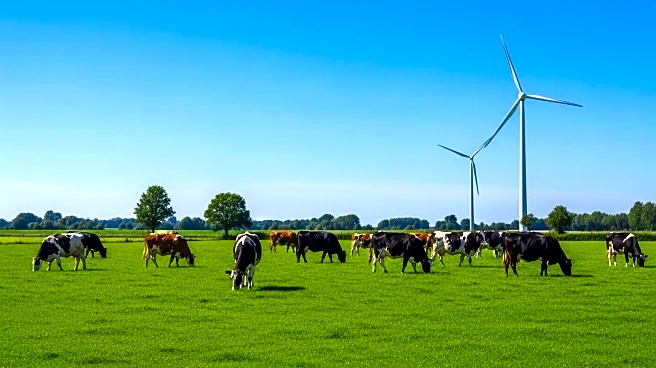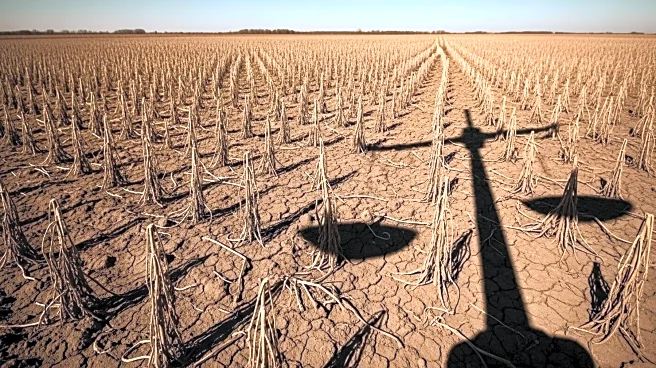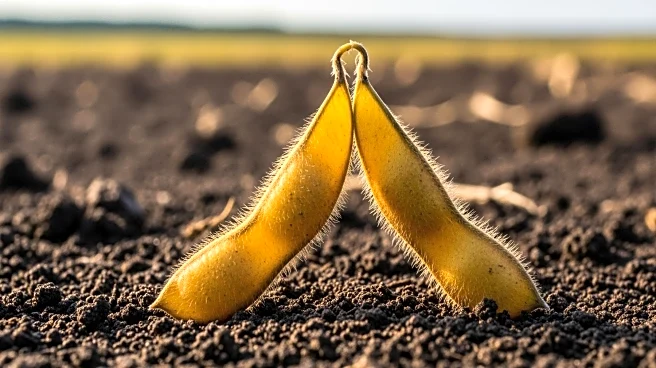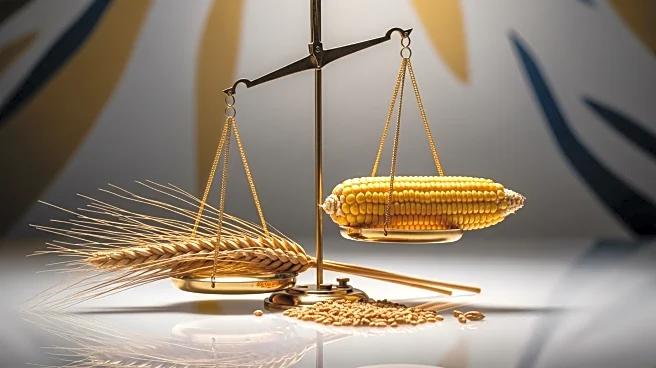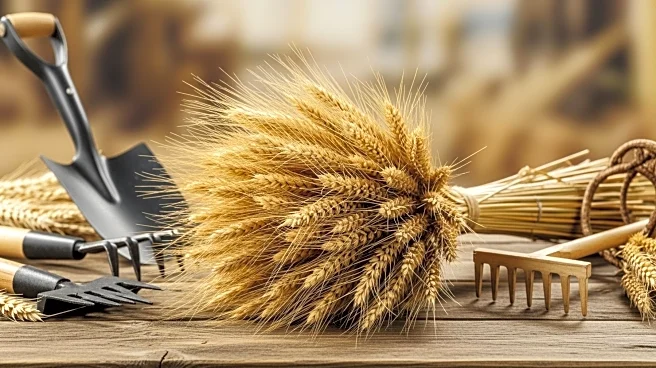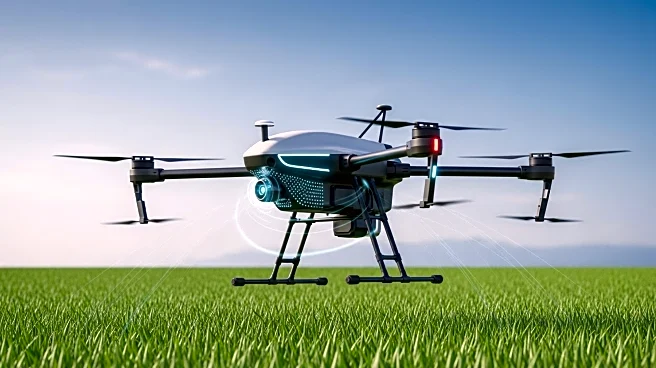What's Happening?
The U.S. Department of Agriculture’s National Agricultural Statistics Service (NASS) has released its Quarterly Hogs and Pigs report, indicating a 1% decrease in the number of hogs and pigs on U.S. farms as of September 1, 2025. The total inventory stands at 74.5 million, which is a slight decline from the previous year but shows a 1% increase from June 2025. This report provides critical data for stakeholders in the agricultural sector, highlighting trends in livestock numbers that can influence market dynamics and production strategies.
Why It's Important?
The decline in hog inventory is significant for the U.S. agricultural industry, particularly for pork producers and related businesses. A decrease in hog numbers can affect supply chains, pricing, and export opportunities. It may lead to adjustments in production strategies and influence market prices, impacting farmers' profitability. Additionally, this trend could have broader economic implications, affecting feed suppliers, processors, and retailers. Understanding these dynamics is crucial for stakeholders to make informed decisions and adapt to changing market conditions.
What's Next?
Stakeholders in the agricultural sector will likely monitor subsequent reports and market trends to adjust their strategies accordingly. Producers may need to consider changes in breeding and production practices to align with market demands. Additionally, policymakers and industry leaders might explore measures to support farmers and stabilize the market. The report's findings could also prompt discussions on trade policies and export strategies to enhance competitiveness in the global market.

